
Starting June 1st, 2023 Our warehouse fee will be $0.65/cubic foot per month
In effort to lower the warehouse storage fee during inflation, we have went narrow aisle racking.This construction took us four months but the project is finally completed. With narrow aisle racking, we are able to drop storage by 24%.We as partners will go through this inflation together.
11/09/2023
Picture a bustling hub of logistics, where products flow seamlessly from one truck to another, with no pit stops for storage. This is the world of cross docking, a dynamic and efficient approach to supply chain management. In this exploration of What Is cross docking, we delve into the intricacies of this strategy that has revolutionized the way goods move from manufacturer to consumer. Join with Worldcraft Logistics as we unravel the mysteries of this high-velocity logistics process and uncover the benefits it brings to industries around the global.
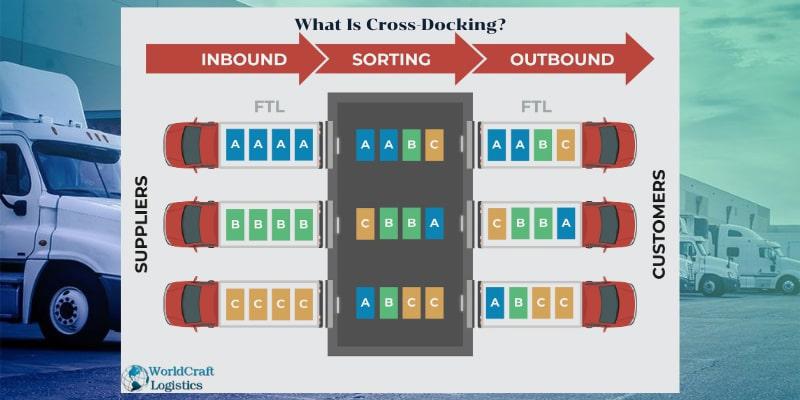
Cross-docking is a logistics strategy designed to expedite the delivery of goods and enhance overall supply chain efficiency. It entails the swift unloading of products from incoming shipment vehicles at a logistics facility, followed by their immediate transfer to outbound shipment vehicles, with minimal to no interim storage. This approach allows companies to consolidate items from various suppliers, break down bulk shipments into smaller lots, and reconfigure products for efficient distribution to retail outlets, fulfillment centers, and end customers. Successful docking warehouse necessitates close coordination among a company's supply chain partners, including suppliers and freight carriers. The benefits are manifold: quicker product delivery, reduced reliance on warehouse space, improved inventory management, and lowered transportation and labor expenses...
As you expand your knowledge in logistics and supply chain management to enhance your business operations, here are some relevant articles that are sure to pique your interest:
- Awaiting Fulfillment Meaning & Why Is It Important in Ecommerce?
- Deciphering FCL and LCL: Choosing the Right Shipping Method
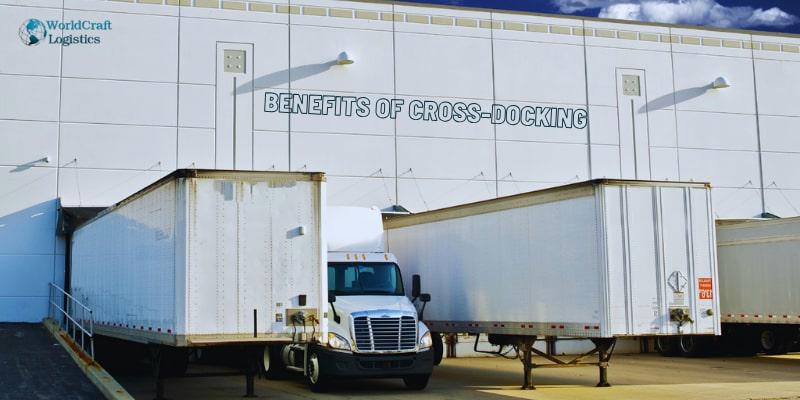
Cross-docking offers a multitude of advantages that can transform the way businesses manage their supply chains, particularly in the realm of e-commerce. Here's a closer look at the benefits of cross-docking:
In essence, cross-docking revolutionizes supply chain efficiency, offering a faster, cost-effective, and streamlined approach to delivering products to their intended destinations.
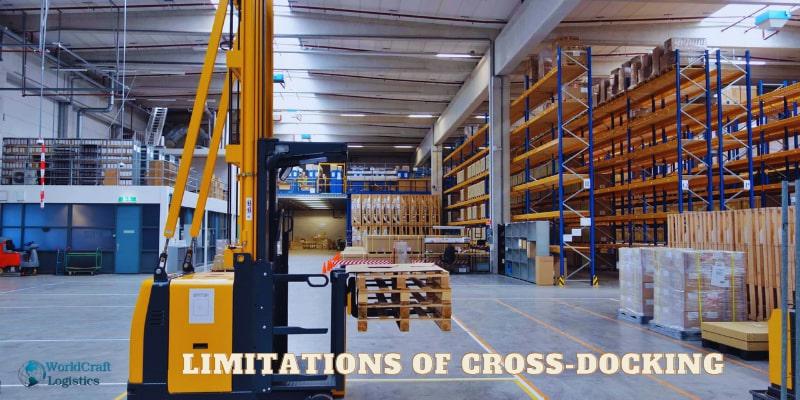
In spite of the numerous advantages associated with cross-docking, it is essential to acknowledge the potential drawbacks that companies may encounter when adopting this strategy. While these drawbacks are not insurmountable, they require careful consideration:
Despite these potential challenges, it's important to emphasize that cross-docking can offer substantial benefits when implemented correctly. It has the potential to reduce shipping times, cut costs, and enhance customer service.
If you are contemplating the adoption of cross-docking in your warehouse operation, it's advisable to carefully evaluate the pros and cons. While cross-docking can be a valuable solution for many companies, it may not be suitable for every operation.
Cross-docking is a versatile logistics strategy, and it can be categorized into several types based on its operational approach. Understanding these types can help businesses choose the most suitable cross-docking method for their specific needs:

Continuous cross-docking, often referred to as "flow-through cross-docking," involves the direct transfer of products from inbound trucks to outbound trucks with minimal or no storage time in between. This method is ideal for goods with a consistent and predictable demand, such as fast-moving consumer goods (FMCG) and perishable items. It helps to maintain the flow of products through the supply chain without the need for warehousing, reducing handling and storage costs.
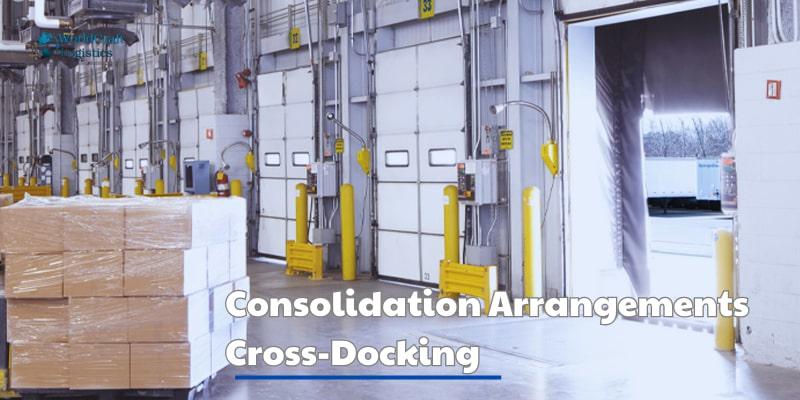
Consolidation cross-docking focuses on merging smaller shipments into larger ones. In this approach, multiple smaller shipments from different suppliers are received at a cross-docking facility and combined into a single, larger outbound shipment. This method is often used to optimize transportation efficiency, reduce shipping costs, and enhance delivery schedules. It's particularly beneficial for businesses that receive goods from various sources and want to streamline their distribution process.
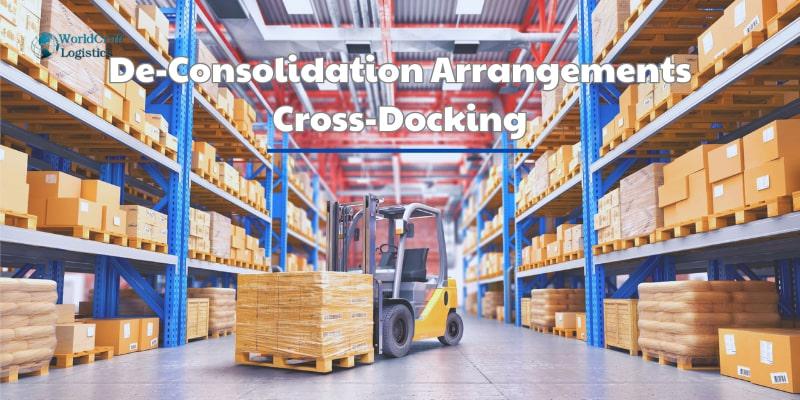
De-consolidation cross-docking, sometimes referred to as "break bulk" cross-docking, involves the opposite process of consolidation. Incoming shipments with larger quantities are broken down into smaller shipments or individual orders for distribution. This method is commonly used in retail and e-commerce settings, where products need to be sorted and prepared for individual customers or store locations. De-consolidation cross-docking helps ensure that the right products reach the right destinations efficiently.
These three types of cross-docking offer businesses the flexibility to adapt their supply chain operations to various product characteristics and distribution requirements. Choosing the most suitable type of cross-docking can lead to significant improvements in logistics efficiency and cost savings.
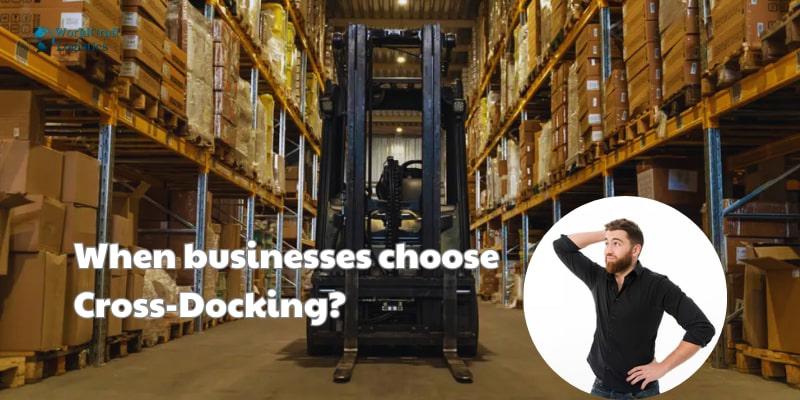
Cross-docking proves highly effective for tailored business requirements and specific product categories. For instance, companies dealing in time-sensitive, high-volume goods leverage cross-docking to swiftly deliver merchandise to stores. E-commerce providers strategically employ cross-docking to gain a competitive edge by ensuring rapid customer shipments. Here are instances where cross-docking is an ideal match:
In understanding these examples, we unravel the versatility and advantages of cross-docking as a strategic logistical solution.
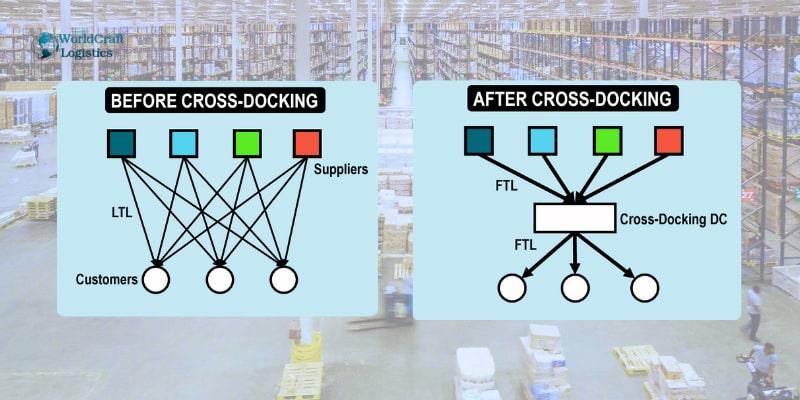
Cross-docking encompasses two fundamental types: Pre-Distribution and Post-Distribution. In the Pre-Distribution approach, goods undergo unloading, sorting, and repacking according to predefined distribution instructions. Essentially, the customer is identified before the goods depart from the supplier's location.
Conversely, the Post-Distribution process defers sorting until the appropriate facility and customers are selected based on demand. Consequently, products spend a bit more time within the distribution or cross-docking facility. Nonetheless, this extra time proves advantageous for retailers and suppliers as it allows them to make more informed and strategic decisions about shipping destinations. These decisions are based on factors such as in-store inventory levels, sales forecasts, and point-of-sale trends, ultimately enhancing overall efficiency.
The key distinction between cross-docking and warehousing lies in the duration of product storage within a logistics facility. In conventional warehousing, merchandise undergoes receipt, unpacking, and prolonged storage, often spanning days, weeks, or even months before eventual shipment to customers. Conversely, cross-docking operates on a different premise. Here, goods undergo reception, sorting, and immediate transference to outbound trucks for prompt delivery, without protracted storage.
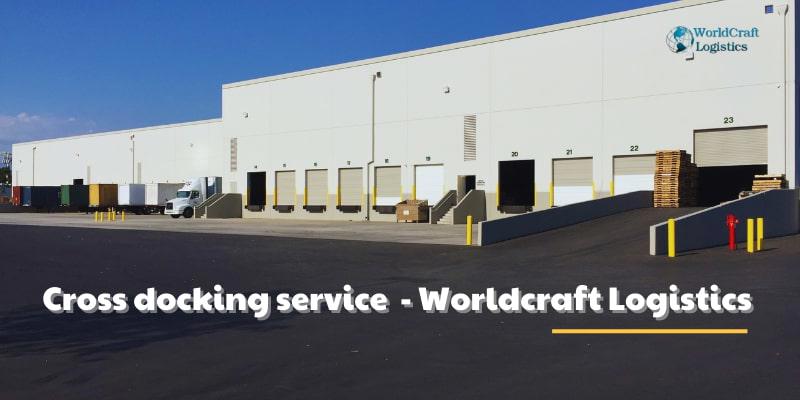
Cross-docking service in the U.S. are known for their effectiveness and efficiency. They play a crucial role in the logistics and supply chain industry by facilitating the rapid movement of goods from suppliers to consumers or retailers. These services of Worldcraft Logistics LLC. are highly regarded for several reasons:
Overall, cross-docking service in the U.S of Worldcraft Logistics company are valued for their ability to enhance the speed, efficiency, and cost-effectiveness of logistics operations, making them a valuable asset for businesses seeking to streamline their supply chains.
While cross-docking is commonly associated with transportation, it's also used in retail distribution centers to sort and consolidate products before they reach store shelves.
Yes, cross-docking can reduce shipping costs by eliminating the need for long-term storage and reducing the handling of goods. It can also lead to shorter transit times.
Cross-docking often relies on barcode scanning, RFID technology, and transportation management systems (TMS) to track and manage the flow of goods efficiently.
In conclusion, Worldcraft Logistics commented that cross docking is a dynamic and efficient logistics strategy that has transformed the way goods move through supply chains. As industries continue to evolve, cross-docking will likely remain a key element in ensuring the swift and cost-effective delivery of goods to consumers and retailers alike, contributing to the ongoing success of supply chain management.
SEO
Digital Marketing/SEO Specialist
Simon Mang is an SEO and Digital Marketing expert at Wordcraft Logistics. With many years of experience in the field of digital marketing, he has shaped and built strategies to effectively promote Wordcraft Logistics' online presence. With a deep understanding of the logistics industry, I have shared more than 500 specialized articles on many different topics.

Education
01/05/2025

Education
02/18/2025

Education
01/01/2024

Education
08/28/2024

Education
11/13/2023